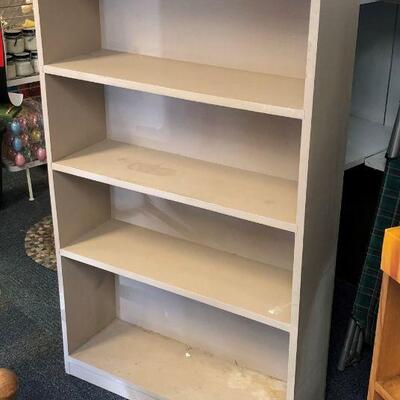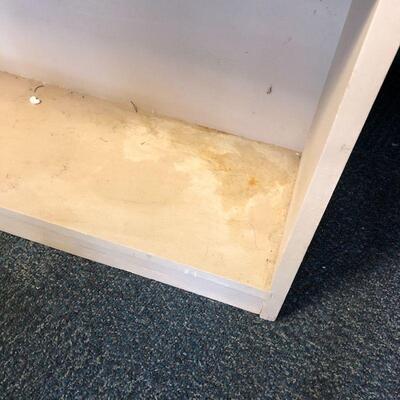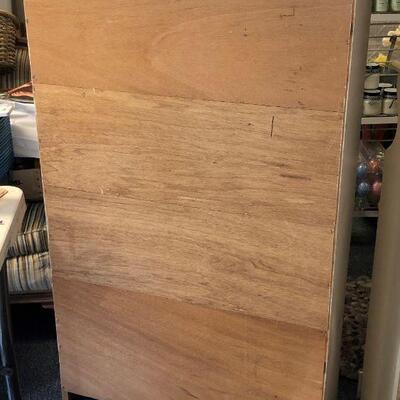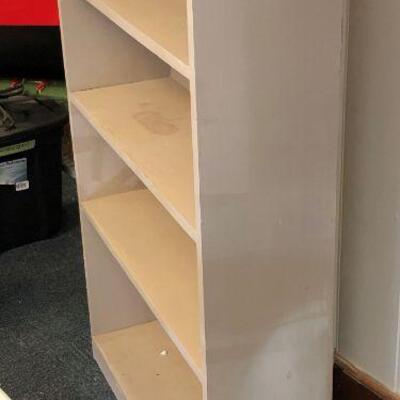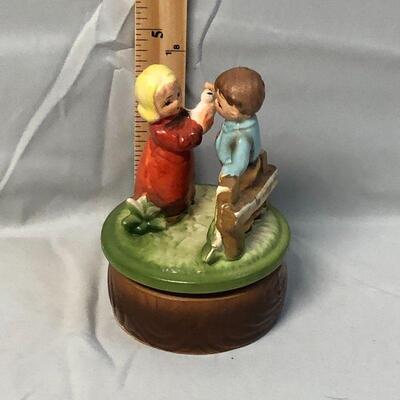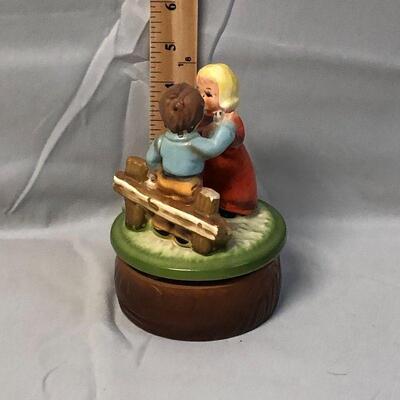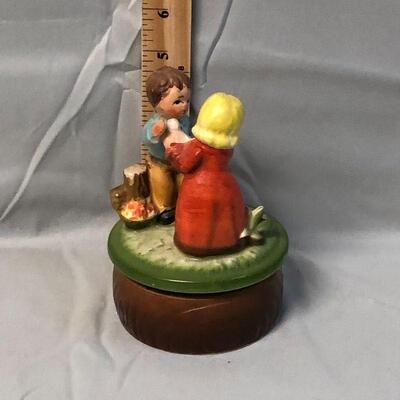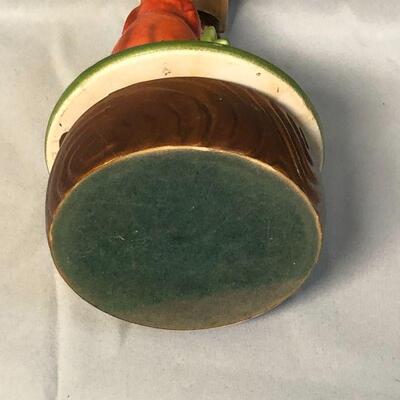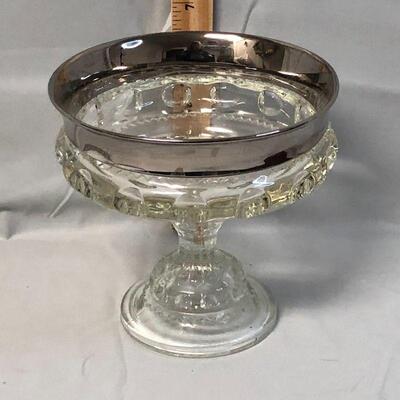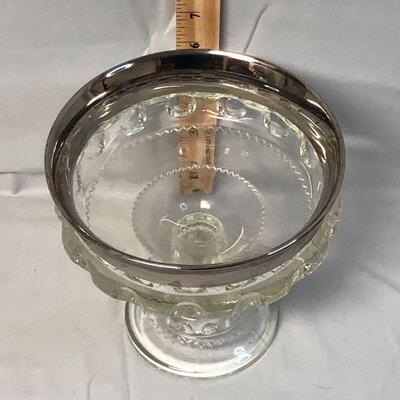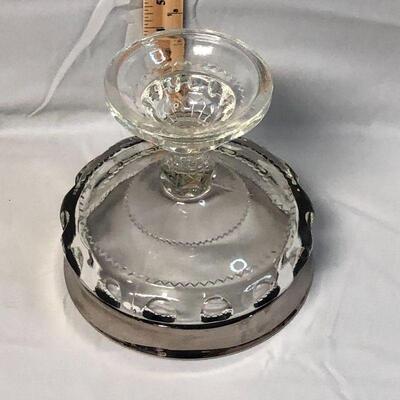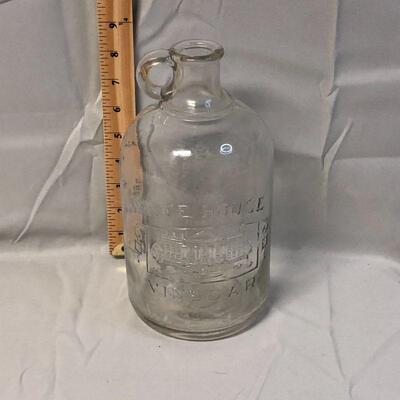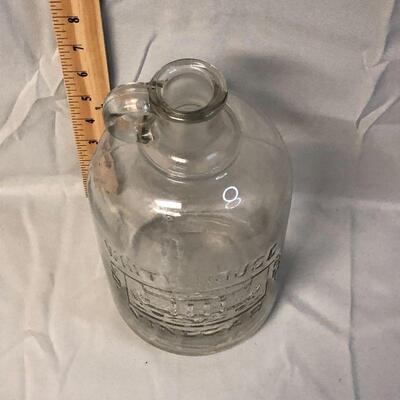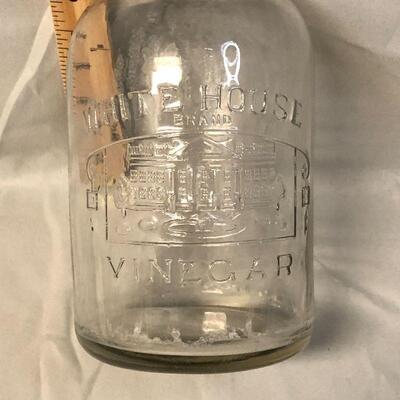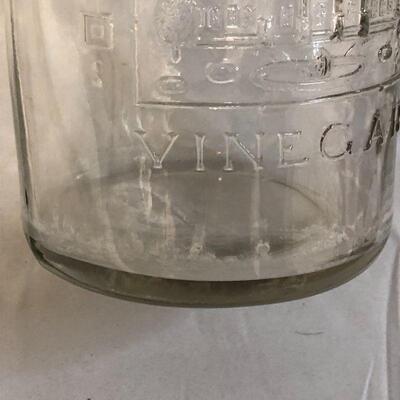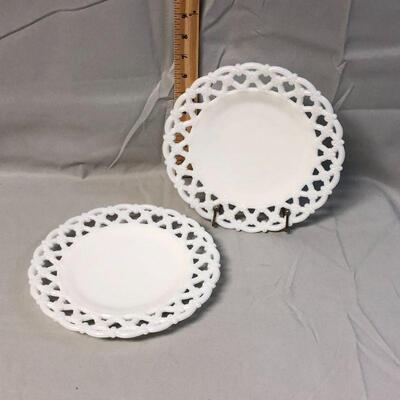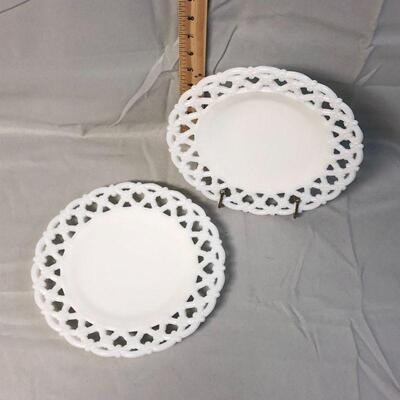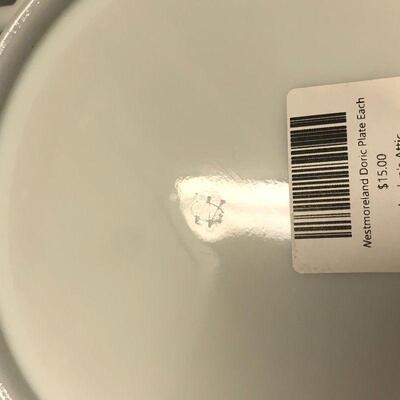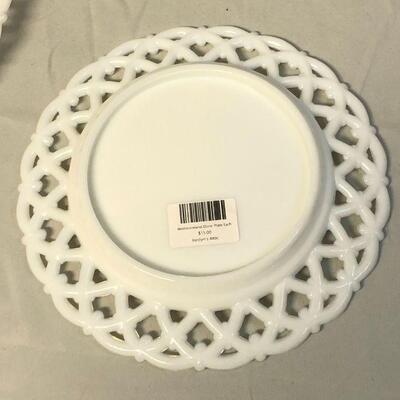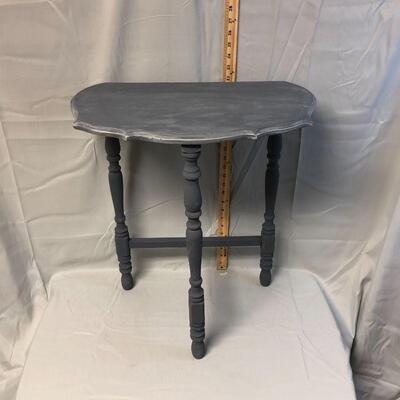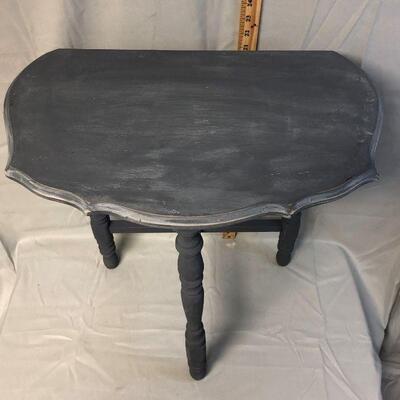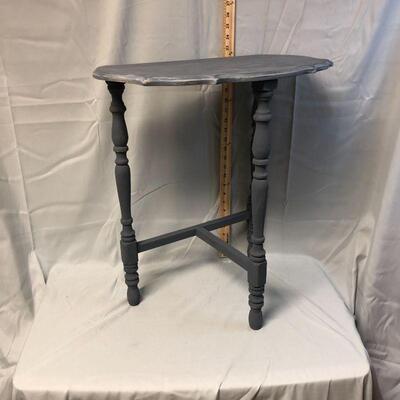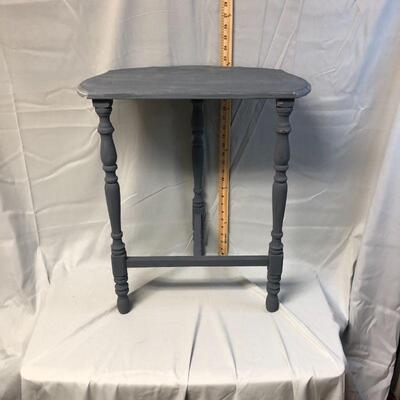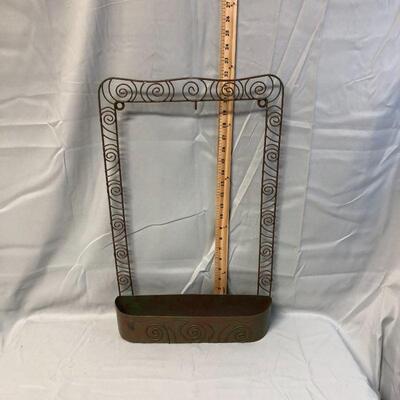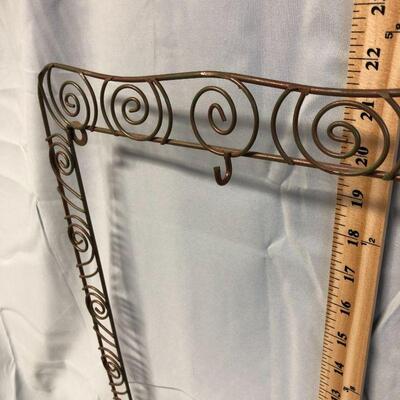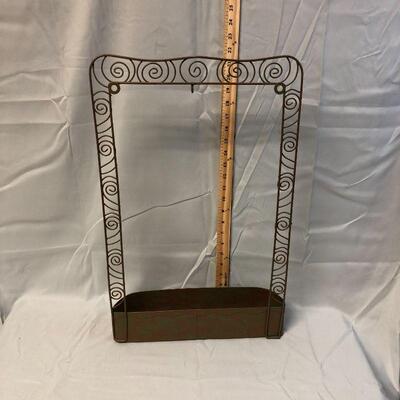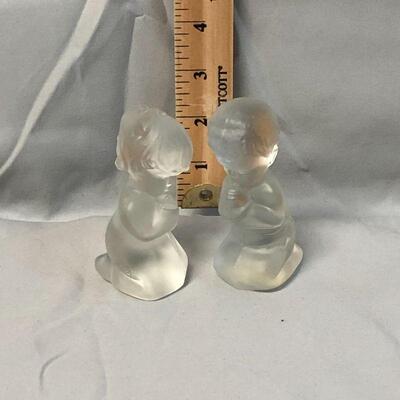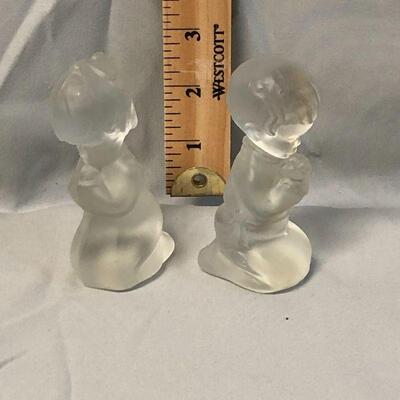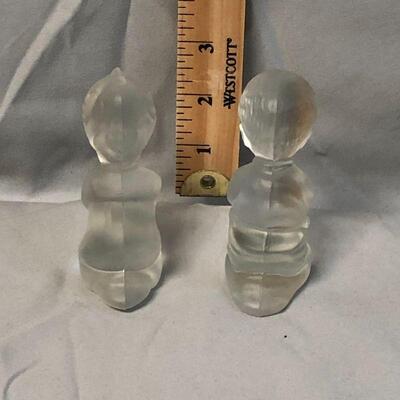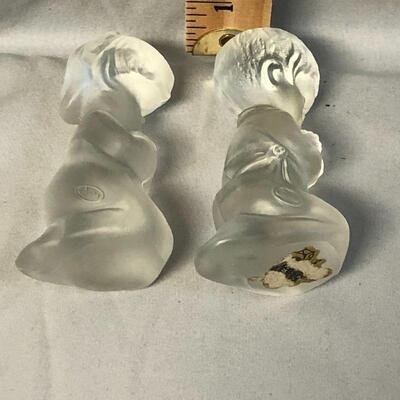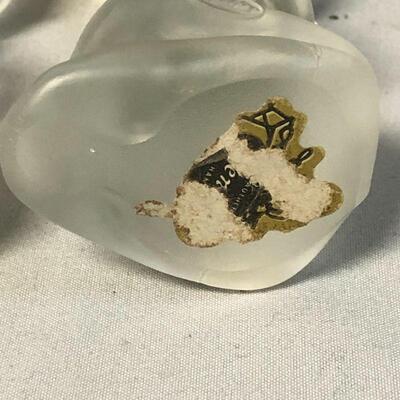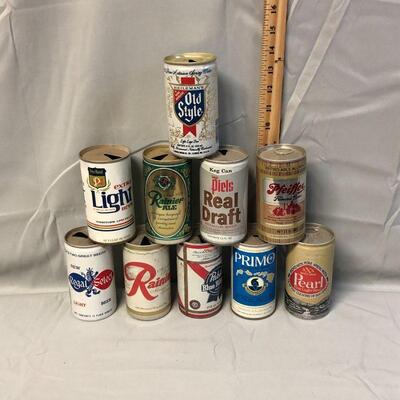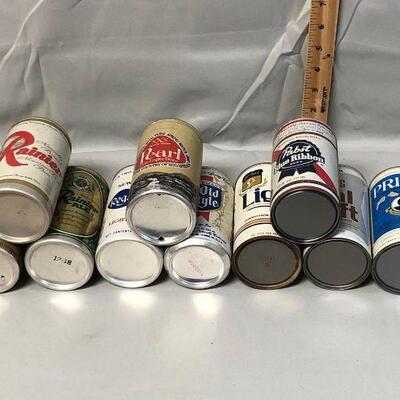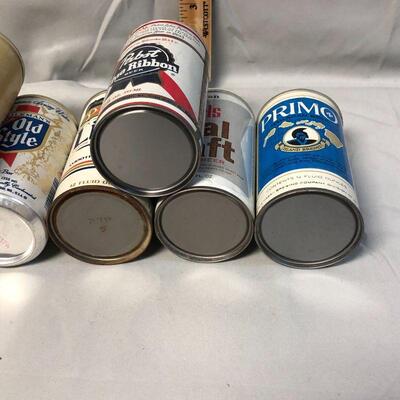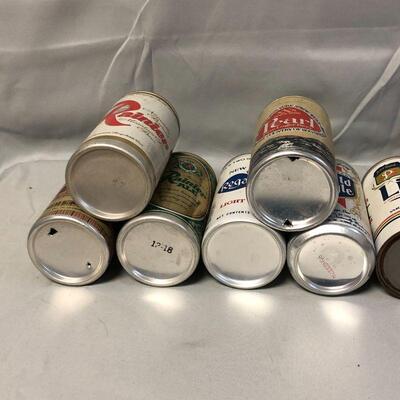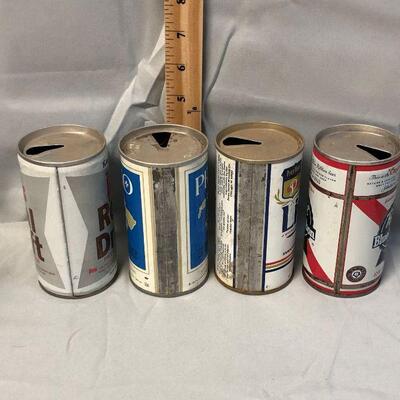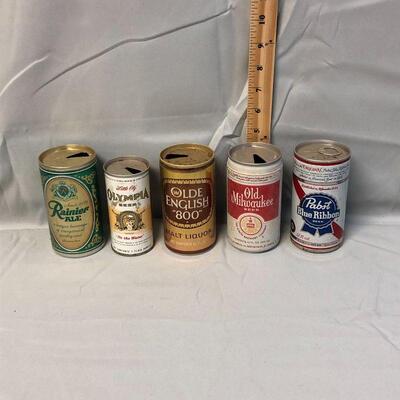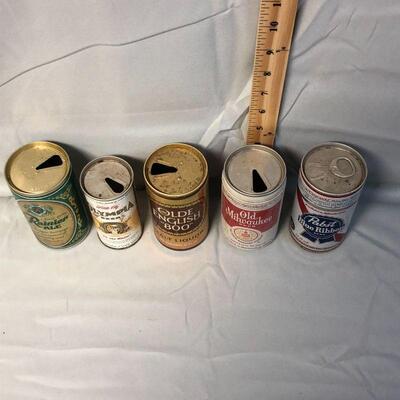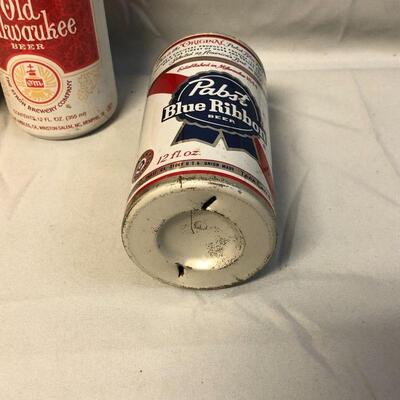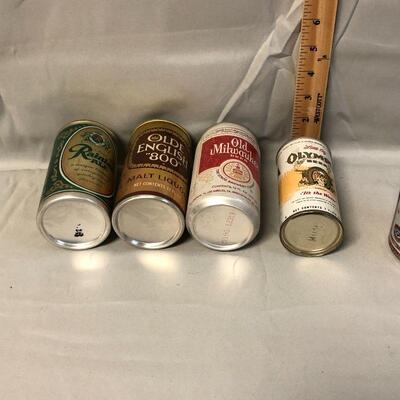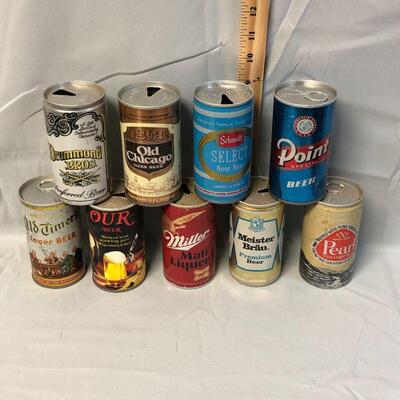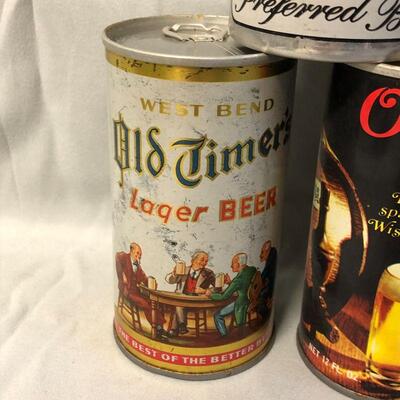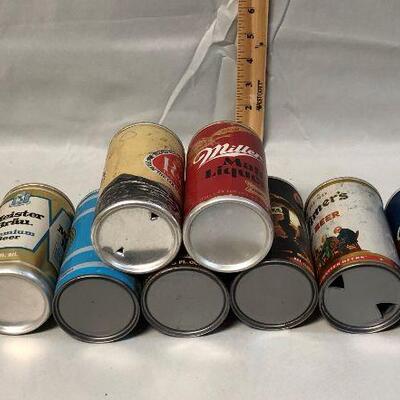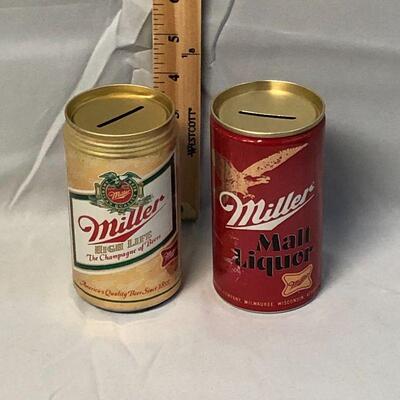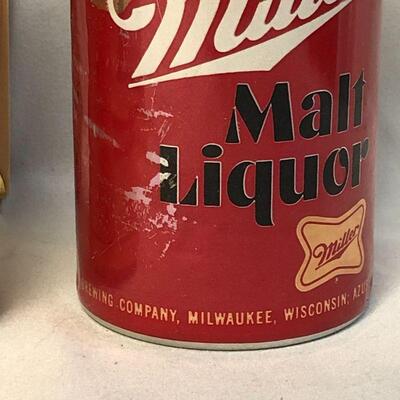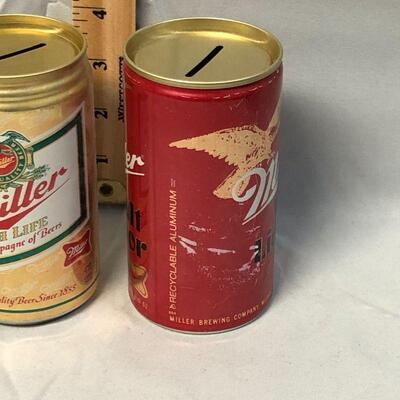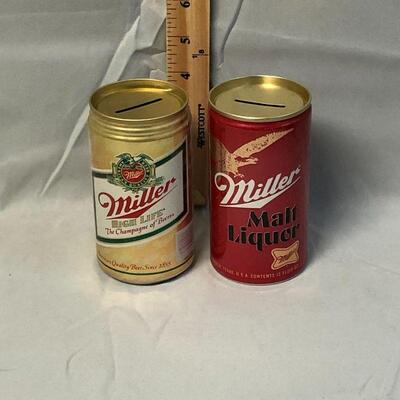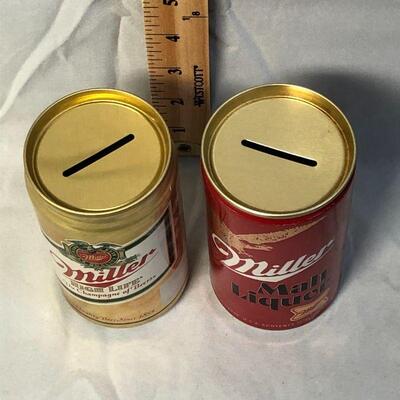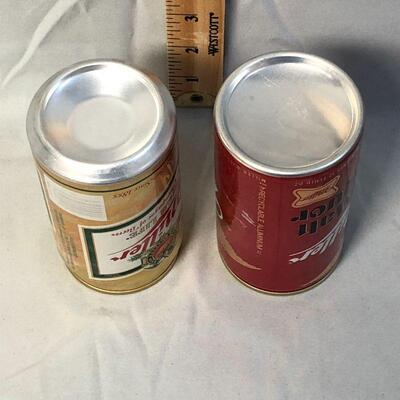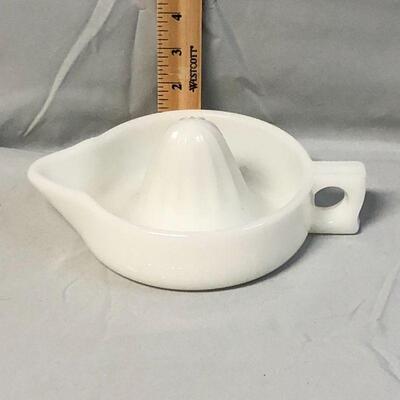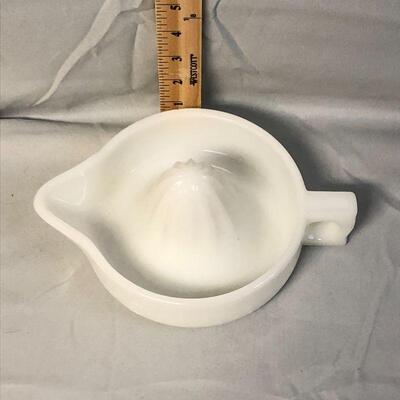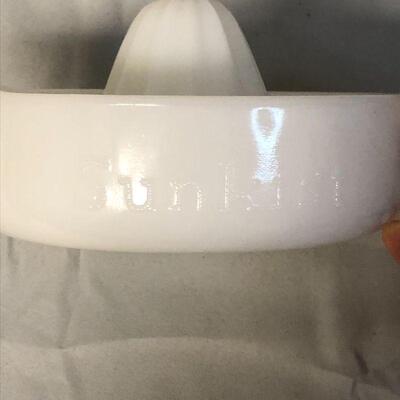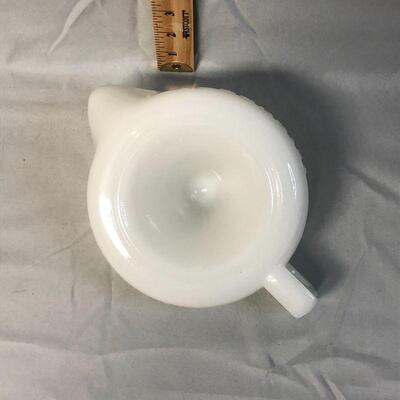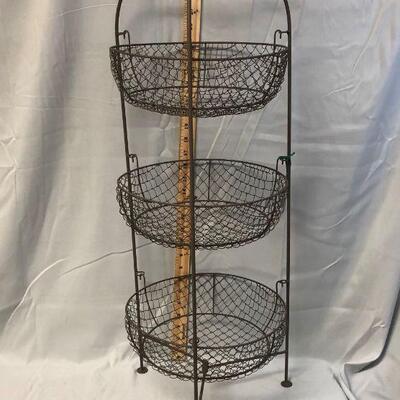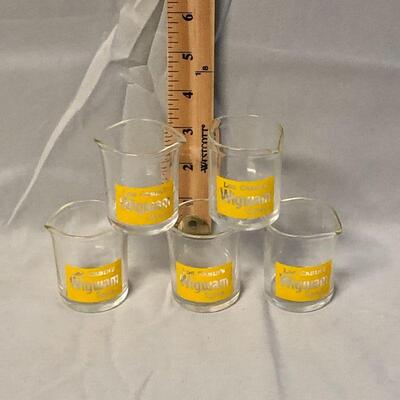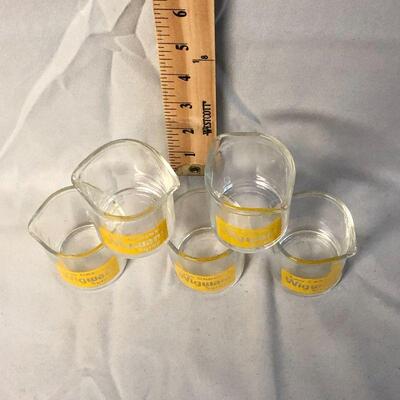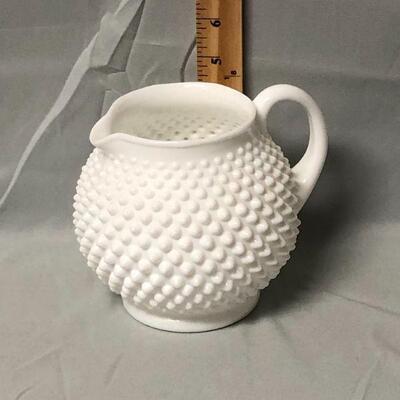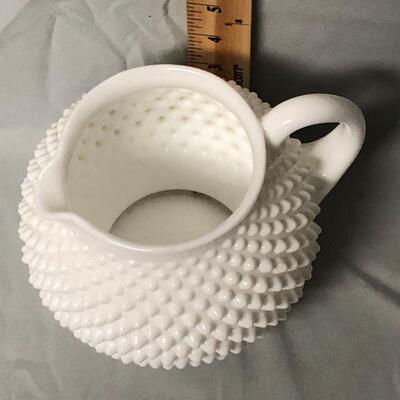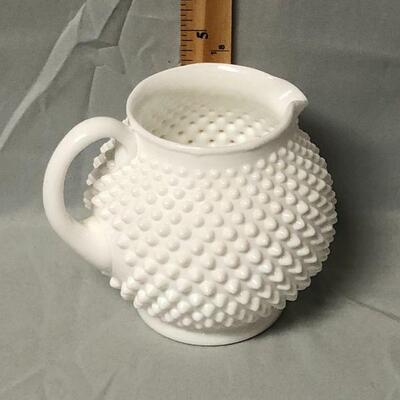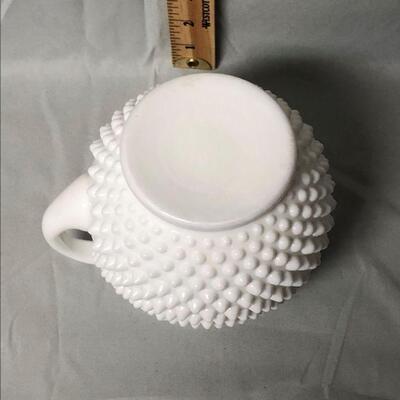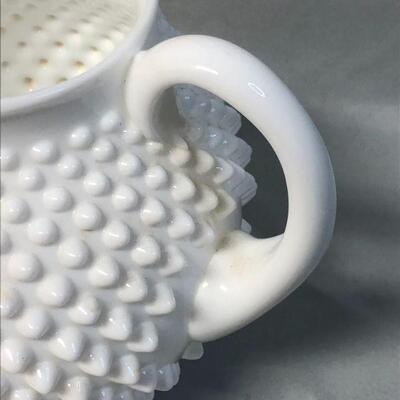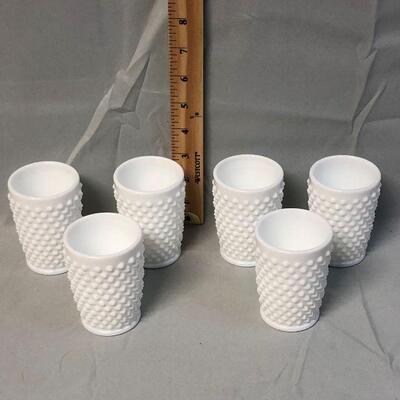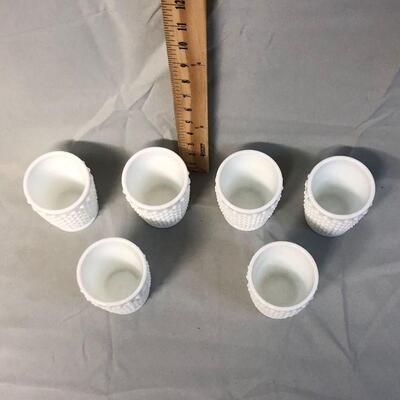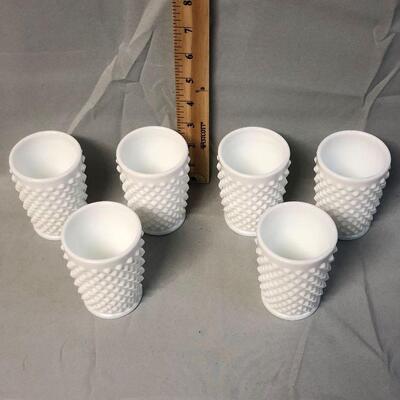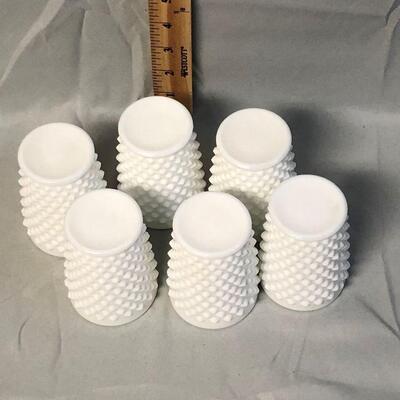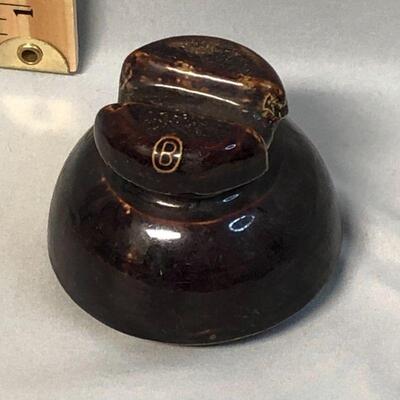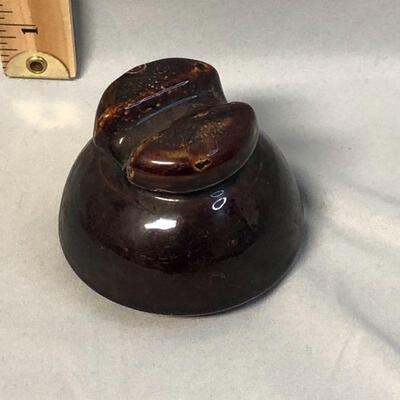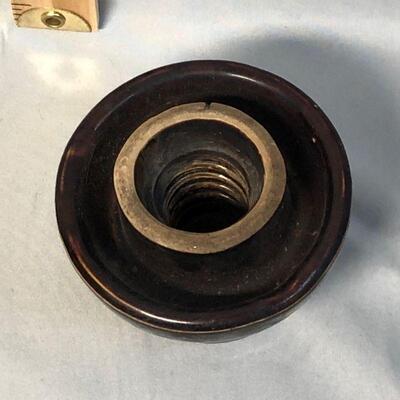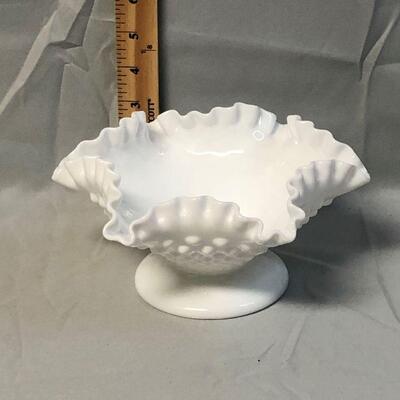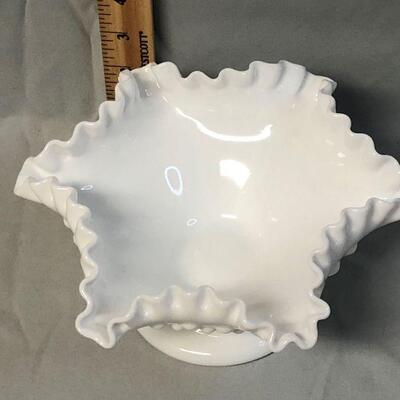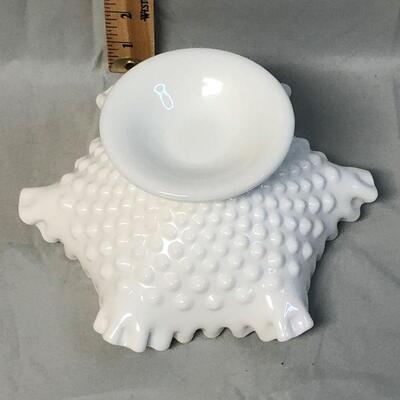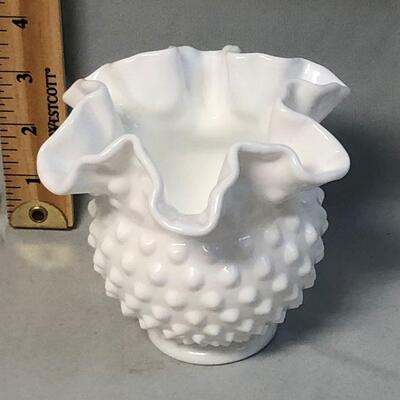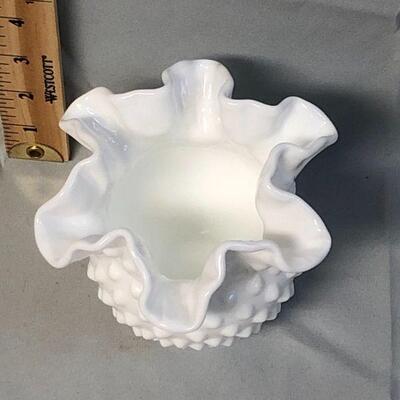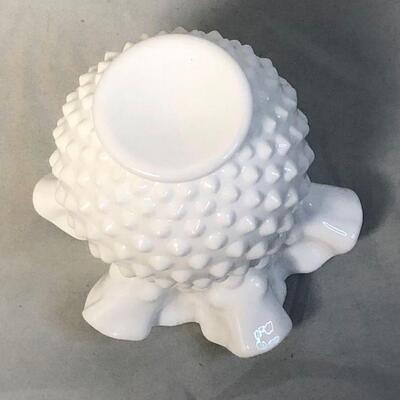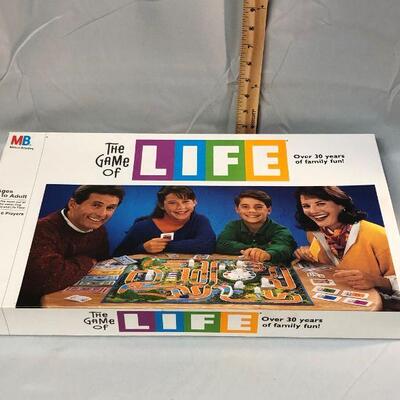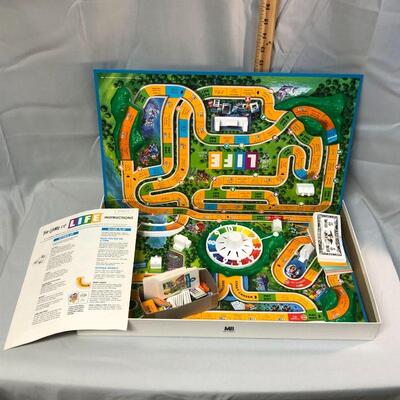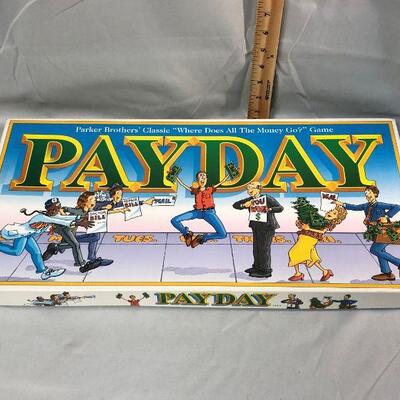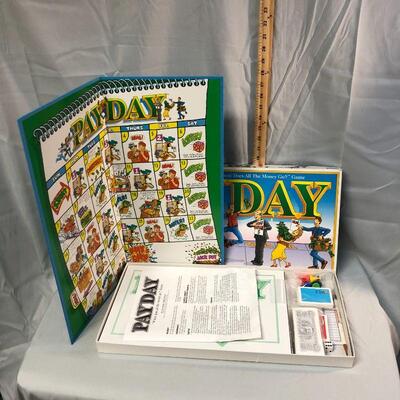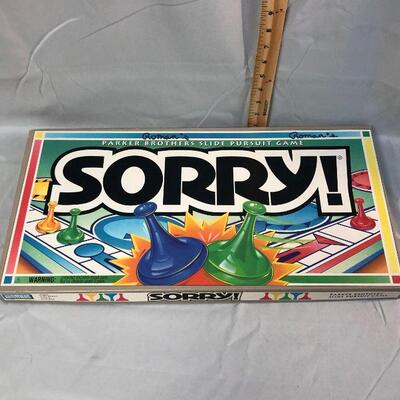-
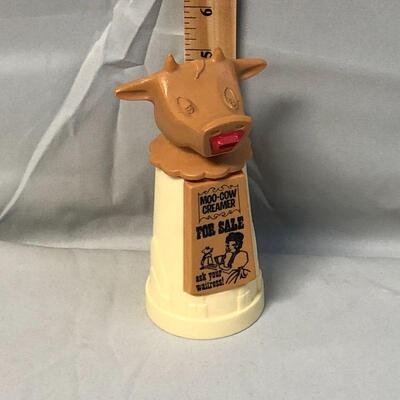
If I found the correct history, these used to sit on the tables at a restaurant and you poured creamer directly from them. You could buy ones that were never used to take home. This appears to be one of those as it doesn't show any signs of use. Excellent condition! It stands about 6.25" tall. 57 / 373 -
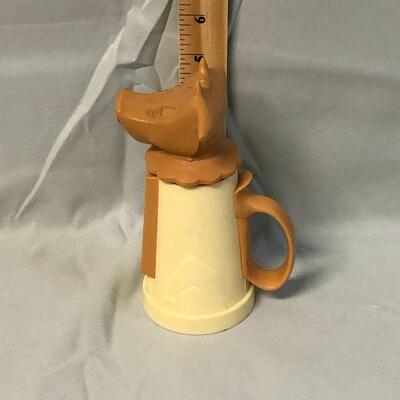
If I found the correct history, these used to sit on the tables at a restaurant and you poured creamer directly from them. You could buy ones that were never used to take home. This appears to be one of those as it doesn't show any signs of use. Excellent condition! It stands about 6.25" tall. 58 / 373 -
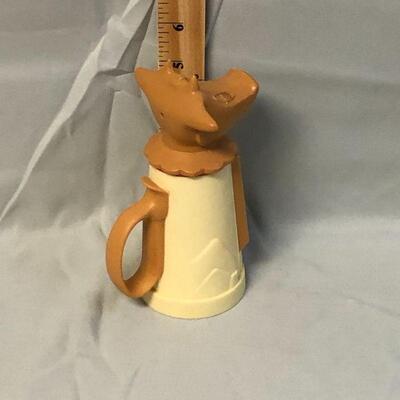
If I found the correct history, these used to sit on the tables at a restaurant and you poured creamer directly from them. You could buy ones that were never used to take home. This appears to be one of those as it doesn't show any signs of use. Excellent condition! It stands about 6.25" tall. 59 / 373 -
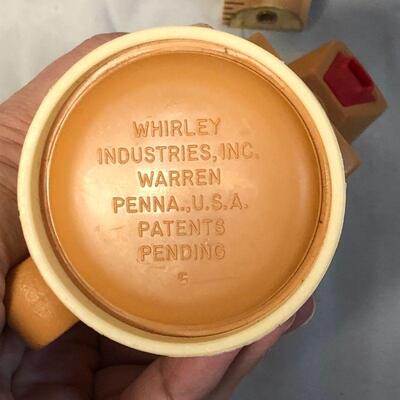
If I found the correct history, these used to sit on the tables at a restaurant and you poured creamer directly from them. You could buy ones that were never used to take home. This appears to be one of those as it doesn't show any signs of use. Excellent condition! It stands about 6.25" tall. 60 / 373 -
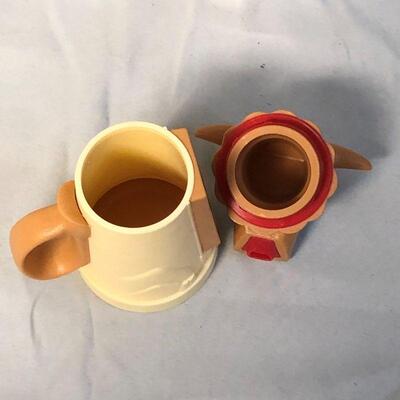
If I found the correct history, these used to sit on the tables at a restaurant and you poured creamer directly from them. You could buy ones that were never used to take home. This appears to be one of those as it doesn't show any signs of use. Excellent condition! It stands about 6.25" tall. 61 / 373 -
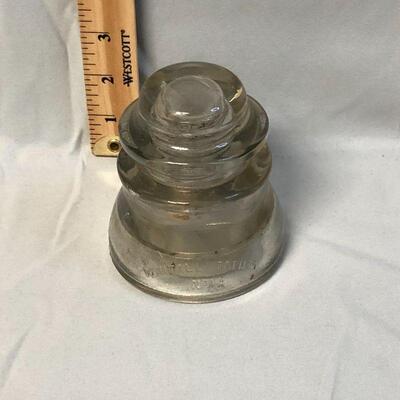
This insulator is in good condition with no chips or cracks found. It is embossed on the front "Whitall Tatum No. 1" and on the backside "Made in USA 81-47" and a capital A in a circle. I believe that this was made between 1922-1938 based on when Whitall Tatum made insulators (they were bought out in 1938 by Armstrong Cork Co). 77 / 373 sold -
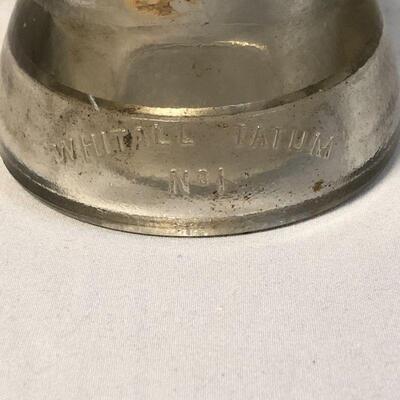
This insulator is in good condition with no chips or cracks found. It is embossed on the front "Whitall Tatum No. 1" and on the backside "Made in USA 81-47" and a capital A in a circle. I believe that this was made between 1922-1938 based on when Whitall Tatum made insulators (they were bought out in 1938 by Armstrong Cork Co). 78 / 373 sold -
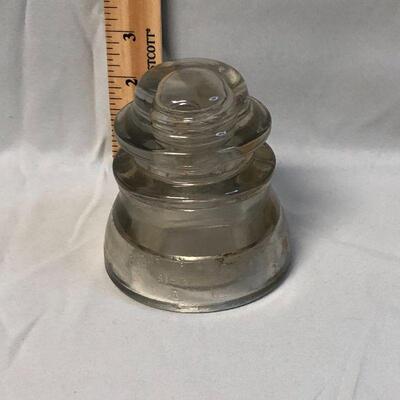
This insulator is in good condition with no chips or cracks found. It is embossed on the front "Whitall Tatum No. 1" and on the backside "Made in USA 81-47" and a capital A in a circle. I believe that this was made between 1922-1938 based on when Whitall Tatum made insulators (they were bought out in 1938 by Armstrong Cork Co). 79 / 373 sold -
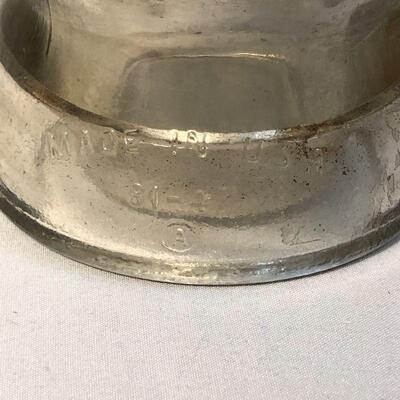
This insulator is in good condition with no chips or cracks found. It is embossed on the front "Whitall Tatum No. 1" and on the backside "Made in USA 81-47" and a capital A in a circle. I believe that this was made between 1922-1938 based on when Whitall Tatum made insulators (they were bought out in 1938 by Armstrong Cork Co). 80 / 373 sold -
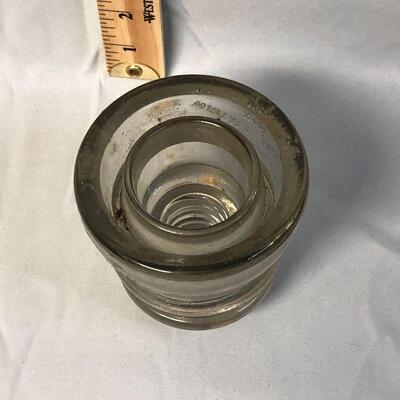
This insulator is in good condition with no chips or cracks found. It is embossed on the front "Whitall Tatum No. 1" and on the backside "Made in USA 81-47" and a capital A in a circle. I believe that this was made between 1922-1938 based on when Whitall Tatum made insulators (they were bought out in 1938 by Armstrong Cork Co). 81 / 373 sold -
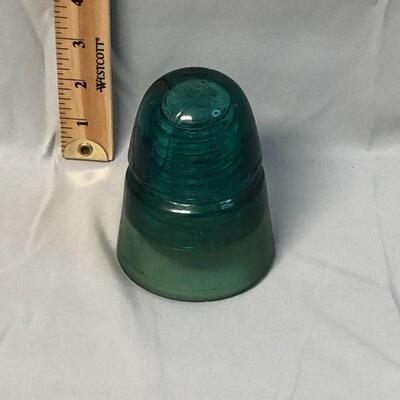
There aren't any cracks on this insulator, but there is a very fine chip on one spot (see the white mark) and the bottom half of the glass is "brushed" from rubbing against something. I wasn't able to find a good date range for this, but Brookfield was prominent around 1870s to 1921 (when they closed) making glass insulators. I believe that this is the Beehive style of insulator. 82 / 373 sold -
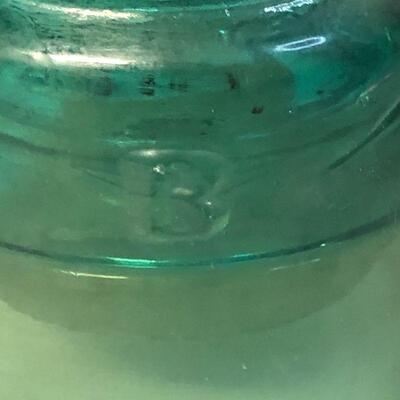
There aren't any cracks on this insulator, but there is a very fine chip on one spot (see the white mark) and the bottom half of the glass is "brushed" from rubbing against something. I wasn't able to find a good date range for this, but Brookfield was prominent around 1870s to 1921 (when they closed) making glass insulators. I believe that this is the Beehive style of insulator. 83 / 373 sold -
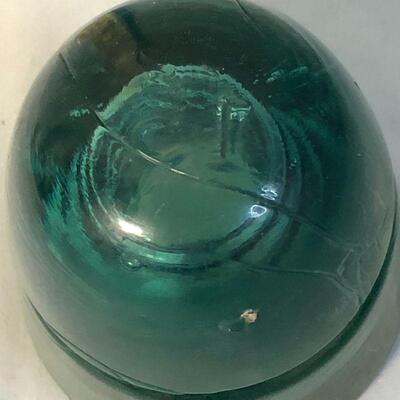
There aren't any cracks on this insulator, but there is a very fine chip on one spot (see the white mark) and the bottom half of the glass is "brushed" from rubbing against something. I wasn't able to find a good date range for this, but Brookfield was prominent around 1870s to 1921 (when they closed) making glass insulators. I believe that this is the Beehive style of insulator. 84 / 373 sold -
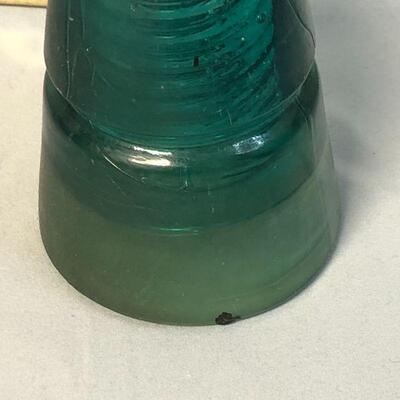
There aren't any cracks on this insulator, but there is a very fine chip on one spot (see the white mark) and the bottom half of the glass is "brushed" from rubbing against something. I wasn't able to find a good date range for this, but Brookfield was prominent around 1870s to 1921 (when they closed) making glass insulators. I believe that this is the Beehive style of insulator. 85 / 373 sold -
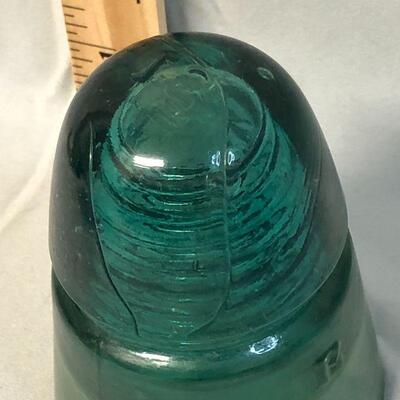
There aren't any cracks on this insulator, but there is a very fine chip on one spot (see the white mark) and the bottom half of the glass is "brushed" from rubbing against something. I wasn't able to find a good date range for this, but Brookfield was prominent around 1870s to 1921 (when they closed) making glass insulators. I believe that this is the Beehive style of insulator. 86 / 373 sold -
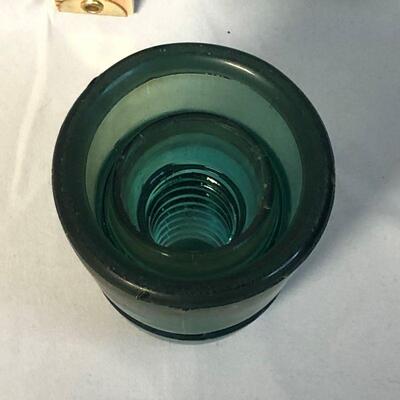
There aren't any cracks on this insulator, but there is a very fine chip on one spot (see the white mark) and the bottom half of the glass is "brushed" from rubbing against something. I wasn't able to find a good date range for this, but Brookfield was prominent around 1870s to 1921 (when they closed) making glass insulators. I believe that this is the Beehive style of insulator. 87 / 373 sold -
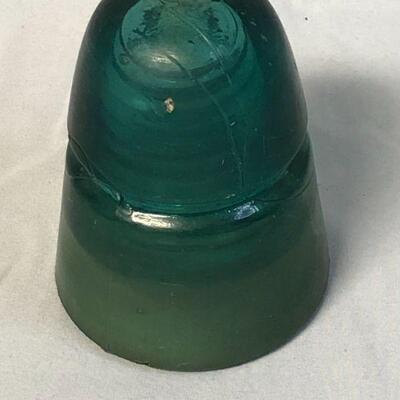
There aren't any cracks on this insulator, but there is a very fine chip on one spot (see the white mark) and the bottom half of the glass is "brushed" from rubbing against something. I wasn't able to find a good date range for this, but Brookfield was prominent around 1870s to 1921 (when they closed) making glass insulators. I believe that this is the Beehive style of insulator. 88 / 373 sold -
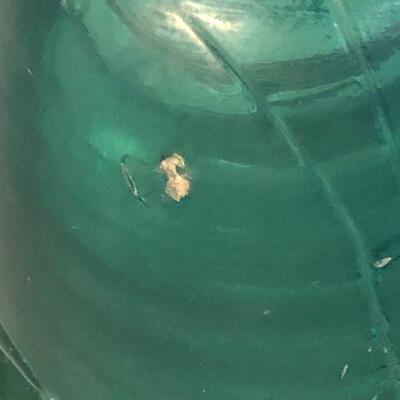
There aren't any cracks on this insulator, but there is a very fine chip on one spot (see the white mark) and the bottom half of the glass is "brushed" from rubbing against something. I wasn't able to find a good date range for this, but Brookfield was prominent around 1870s to 1921 (when they closed) making glass insulators. I believe that this is the Beehive style of insulator. 89 / 373 sold
Photos 1 - 100 of 373
Per page:
